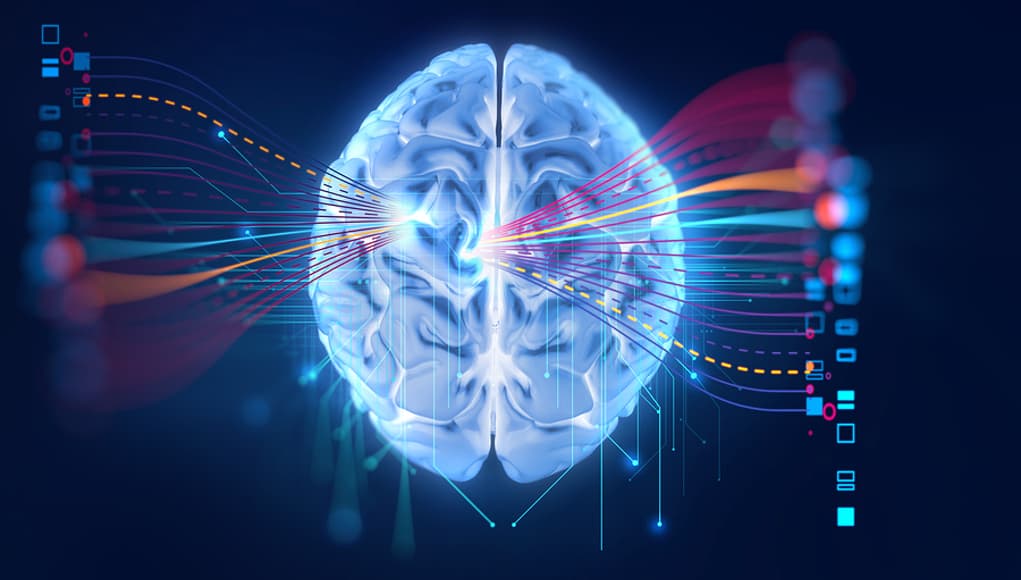Want to Solve a Problem? Get Smart, Build a Dataset, Apply Smart Tools

The new formula for making a difference is Cause + Code. Impact entrepreneurs are creating value by picking a problem, developing some domain expertise, building a dataset and applying smart tools. Seven examples follow.
1. Take another look at the economics
Raj Chetty is among a new generation of economists applying big datasets to big questions. He moved from Harvard to Stanford in part for that reason. Chetty told Freakonomics: “The field of economics is shifting towards big data and increasing use of modern statistical techniques, like machine learning, to think about economic questions. Stanford has tremendous strength in those areas and other fields.”
Chetty leads the Equality of Opportunity Project. In a signature effort, Chetty and Nathaniel Hendren were puzzled that the evaluation of HUD’s sensible program called Moving to Opportunity, which subsidized the movement of families out of historical pockets of poverty, hadn’t shown much benefit. They took another look at the data and saw a different picture.
By using a big dataset assembled from tax and Social Security records, they saw a rather large benefit among some of the Moving To Opportunity program participants. They were also able to identify factors that mattered including racial segregation, income inequality, family structure and social capital.
Only by going back and assembling a big dataset from multiple sources was Chetty able to see benefits that others couldn’t spot. Why does it matter? His research influences a lot of public policy. He frequently testifies to congress and recently briefed the new HUD secretary.

2. Orphan disease spurs an exploration of precision medicine
Matt Might was a professor of computer science when his son came down with a rare disease. That led to a deep dive in genomics (which led to his dual appointment in medicine) and an effort to build a really big dataset–a monumental challenge to gain access to and harmonize data from different healthcare systems.
Matt’s deep dive and other similar efforts move us closer to the promise of precision medicine where we more fully understand the connection between genes, disease and the environment.
3. Hybrid teams: man + robot + AI
The Defense Advanced Research Projects Agency (DARPA) is exploring new combinations of people, robots and artificial intelligence (AI). Because there are some things that humans are good at (such as autonomy and creating trust with other fighting team members) and there are some things that machines are good at (such as analysis of large sets of data), the military is looking for a mathematical method for designing these agile teams of humans and machines. Recognizing that capabilities will evolve over time, the optimum balance of man and machine will be dynamic.
4. Even engines are spewing data
A new jet engine might have a hundred sensors on it. These sensors have the capability to take continuous data about the heat of an engine, fuel consumption, the wear of the blades, the environment it’s taking off in—a series of things. And one flight between New York City and Chicago produces a terabyte of data. Now jet mechanics have to be (or know) data scientists.
5. Wide world of sensors
The Industrial Internet of Things (IIoT) is creating huge opportunities in the water and wastewater industries, adding value to both the utility and the consumer. Connected machines are reshaping the way these utilities operate, allowing them to make smarter and more informed decisions. Smart water meters, smart irrigation systems and remotely operated vehicles create big data sets–and big impact opportunities.
6. Spotting tumors with deep learning
Google has trained an AI system to localize tumors in images of potentially cancerous breasts. It claims it is able to surpass the capabilities of human pathologists who are given unlimited time to inspect the slides (89% versus 73%).
Tel Aviv startup Zebra Medical says it can use AI to detect some types of cancerous cells with 91% accuracy, versus 88% for a trained radiologist. “In five or seven years, radiologists won’t be doing the same job they’re doing today,” says founder Elad Benjamin. “They’re going to have analytics engines or bots like ours that will be doing sixty, seventy, eighty percent of their work.”
7. New datasets = new opportunity
Datasets, noted OpenAI’s Jack Clark, are a leading indicator of the kinds of problems smart machines can solve. When the ImageNet dataset of multi-category images and objects was released a dozen years ago, it motivated people to try new approaches to and contributed to the deep learning breakthrough in 2012.
The release of MoleculeNet datasets suggests AI may be ready to analyze molecules, learn their features and classify and synthesize new ones. The same goes for HolStep, a new dataset released by Google that consists of thousands of Higher-Order Logic proofs — machine-readable assertions about mathematics and what is true and what is not. This means Google thinks AI may be ready to be unleashed on the exploration of math theorems.
Cause + Code
There’s never been a better time to make a difference. The new lever is wrangling big datasets associated with a big problem and aiming smart tools at them to find or build big solutions.
Eric Lander said (in our last Cause +Code blog) in a few years every biologist will be computational. It looks like the same will be true for doctors, mechanics, economists, water managers and soldiers.
For more see:
- The Rise of AI Demands Project-Based Learning
- Making A Difference with Data
- Cause + Code: The New Impact Formula
Stay in-the-know with all things EdTech and innovations in learning by signing up to receive the weekly Smart Update.






0 Comments
Leave a Comment
Your email address will not be published. All fields are required.